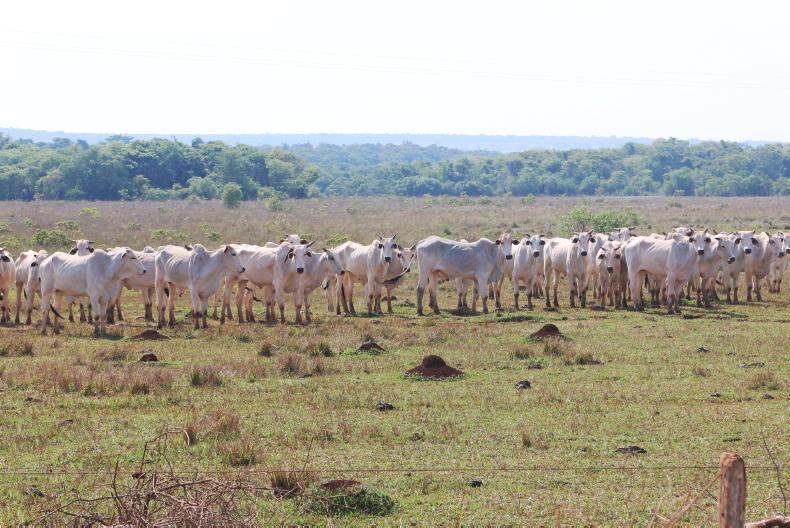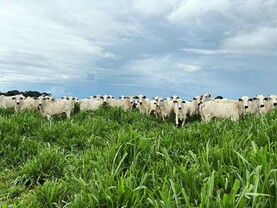The latest USDA FAS meat production forecast puts global beef production at 58.2m tonnes carcase weight equivalent (CWE), up on 58.1 in the October forecast. The volume traded in 2022 is forecast at 12m tonnes with increases in exports from Argentina, Australia and Brazil.
Exporters
Argentina is expected to increase to 730,000t, up from 680,000t forecast in October, as export regulations on beef have been relaxed by the government there.
Herd rebuilding in Australia is now well advanced and after the lowest volume exported in 20 years, Australian beef exports are forecast to reach 1.470m tonnes in 2022.
This puts Australia neck and neck with the USA as second- and third-largest volume exporters, with the US forecast to export 1.480m tonnes this year.
Brazil will remain the world’s largest beef exporter by a considerable distance in 2022. The volume forecast has been revised upwards to 2.68m tonnes compared with 2.655m forecast in October.
Small increases are forecast for Canada - up 5,000t to 605,000t - and for New Zealand - up 9,000t to 625,000t - while the EU is forecast to fall by 10,000t to 690,000t.
Importers
China will remain the world’s top importer of beef in 2022 at 3.25m tonnes, the same forecast as October. The forecast for US beef imports is revised upwards by 45,000t to 1.481m tonnes, while Japan is revised down 5,000t to 830,000t.
The forecast for South Korea remains at 575,000t and the EU is forecast to import 320,000t, a 20,000t reduction since the October forecast.
With Argentina and Australia restored to full export capacity in 2022, there will be no supply shortages as had been the case in 2021, with herd rebuilding in Australia and political restrictions on exports in Argentina.
Overall, import demand is forecast slightly higher than October, so global markets should be able to absorb the extra beef traded.
The global supply-demand equation matters to Irish farmers because, increasingly, global markets are aligned on price.
We should also note that the UK market could well be in play for Australian exporters by the end of this year and if that was the case and supplies were increased, that would mean serious competition for Irish suppliers to Britain.






 This is a subscriber-only article
This is a subscriber-only article










SHARING OPTIONS: